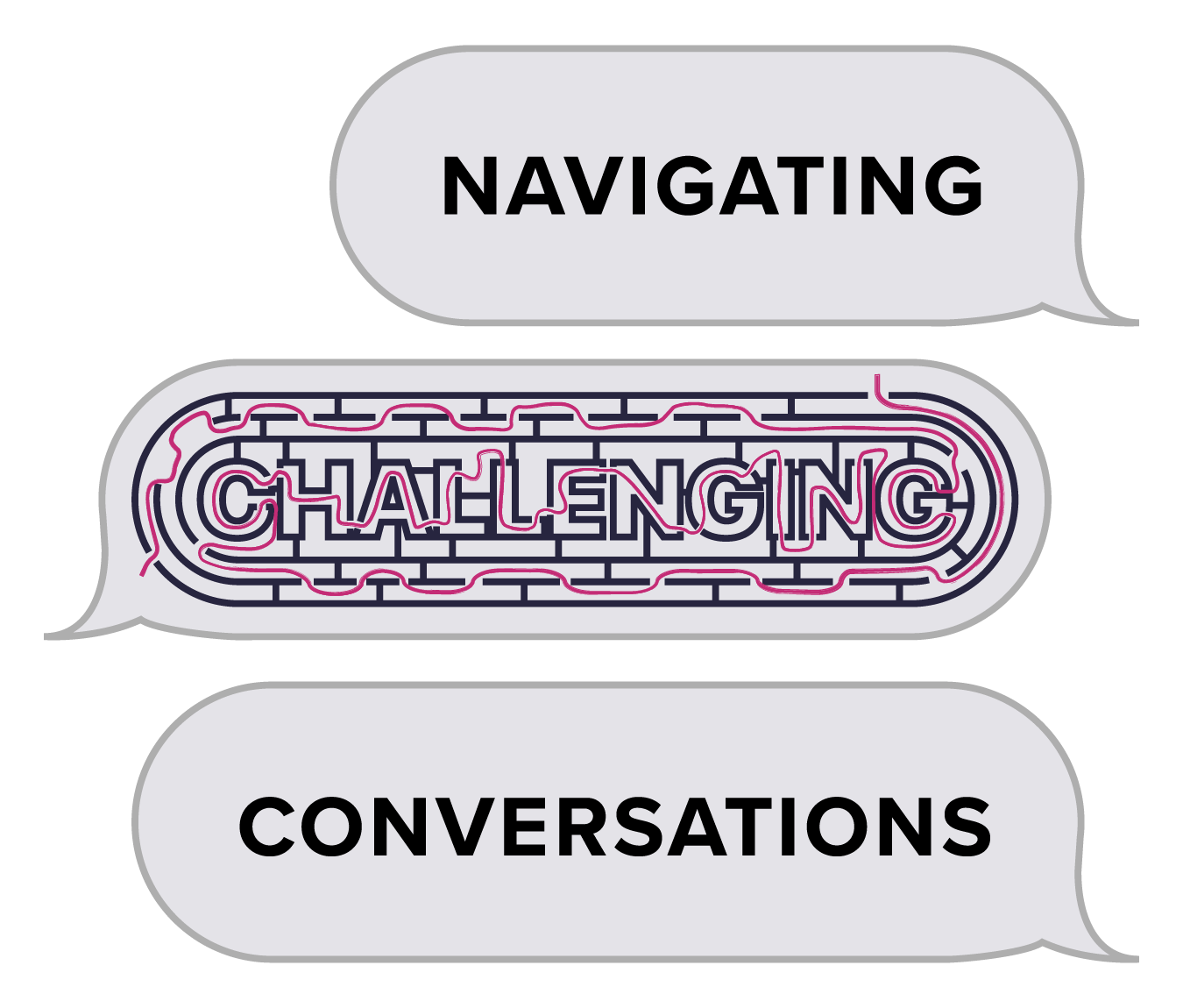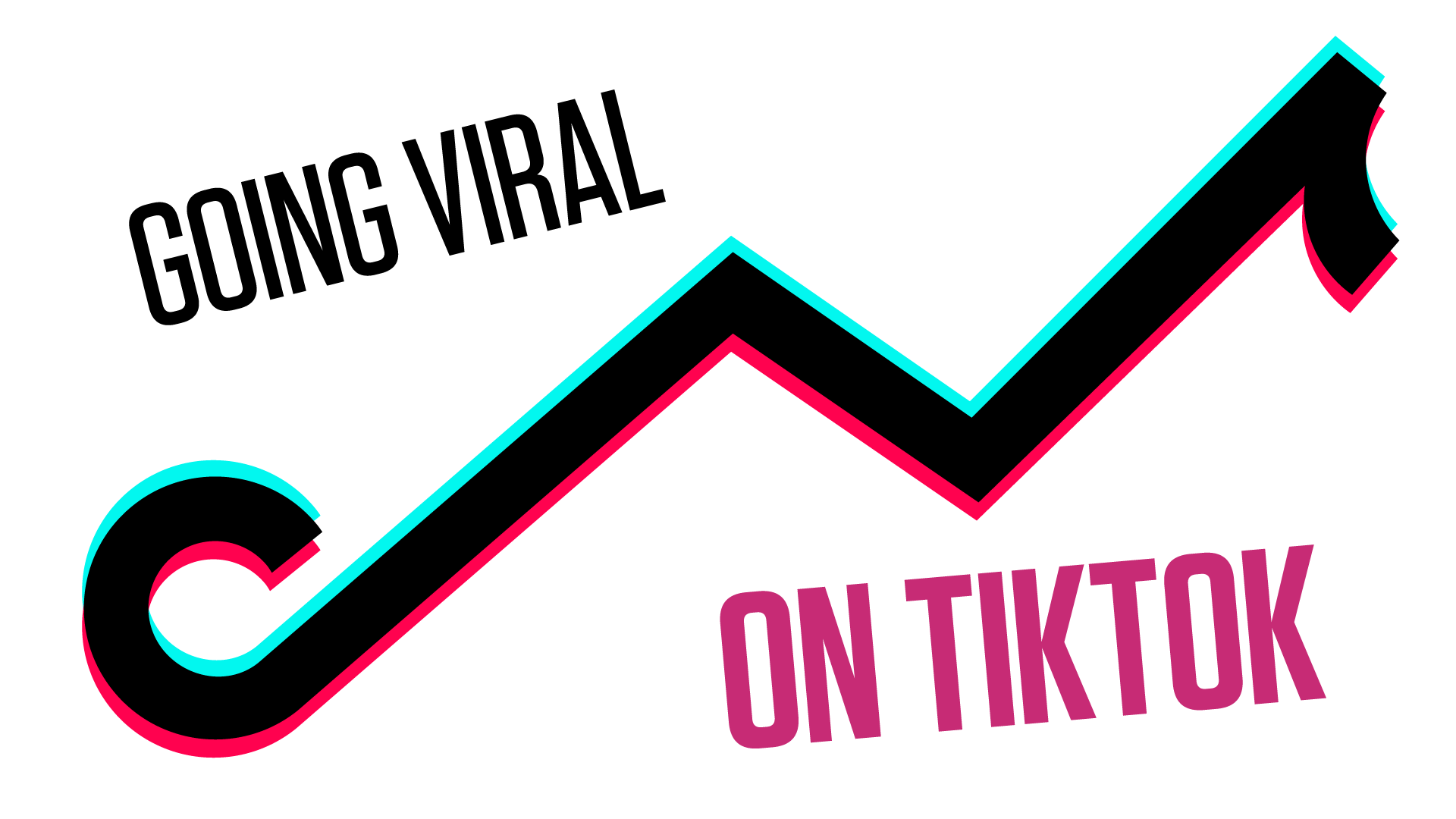Navigating challenging conversations: customer service on social media
Community management on social media can feel like a maze when it comes to responding to customers in public. One wrong turn and you’re up against a wall of unforgiving vitriol! But those challenging out-in-the-open engagements can be digital marketing gold if expertly managed.
We’ve written up some tips on how to navigate challenging conversations which take place through a brand’s social channels, be it in comments under Facebook or Instagram posts, replies to tweets, or threads beneath TikToks, Reels, or YouTube videos.
Respond in a timely manner
The first question you might be asking yourself is: when should I reply to public enquiries and comments? The answer is: as quickly as possible.
Some responses will be fairly simple, and you might even have standardised FAQ boilerplates to base your replies on.
Other times, you’ll need additional details to help a customer with their issue, and this may include sensitive information that should only be exchanged via private messages.
In this scenario, consider sending a direct message first and then letting the customer know you’ve reached out privately, so you appear pro-active to any public viewers.
No matter how long the conversation takes to wrap up, keep calm and know that you’re doing your best to help with the resources you have, and you shouldn’t take anything personally.
Book a free 30-minute call with us
Let’s discuss your business needs and how we can help.
Don’t go it alone
Let’s use a coffeeshop as an example here.
How you approach community management will depend on your role. The coffeeshop’s owner will likely know more to-the-minute practical information than a social media manager at an agency which works with the coffeeshop, but the social media manager will have more experience writing well-worded responses. The key to every scenario: communication.
If a customer sends a tweet to the coffeeshop saying a member of staff was rude to them, the social media manager should reach out to their contact at the business and investigate the situation, then work with them to formulate a response. If you’re the social media manager, you could also reach out to fellow social media managers/agency colleagues for guidance.
And, of course, set boundaries for your community management work. For larger clients whose customers have time-sensitive problems, social media managers should be part of a team who help them share the workload. On Twitter, you’ll often see businesses like airlines and banks doing ‘hand-off’ moments: acknowledging that a colleague is taking over online customer service for the next few hours. This is a strong, highly humanising technique.
Honesty is the best policy
In most cases, it’s absolutely okay to respond to a public enquiry saying you’re looking into the matter and will reply with more details within a certain number of hours.
Remember: you’ll never please everyone on social media, and there’ll always be scenarios that are outside your immediate control, so being dishonest and trying to spin a half-baked solution will probably spark more negative backlash than simply being publicly transparent about a less-than-ideal situation. Lest you incur the Streisand effect.
Don’t get disheartened when your openness doesn’t pay off, though. Not every customer interaction will have a clean conclusion. If you’ve done everything in your power to resolve the issue at hand but the person you’re engaging with still isn’t satisfied, bring the thread to as tidy a close as possible with a professional apology and then move on.
Conversations over clapback
A few brands — Wendy’s, KFC, Duolingo — have become synonymous with sass over the past few years (an intriguing history of that phenomenon here). Unless you’re one of them, it’s best to keep the meme-driven retorts in your mind (or among your colleagues).
There are hundreds of instances where businesses have been celebrated and gone viral after ‘setting the records straight’ in response to exaggeratedly harsh comments on their social pages, but this is a rare and risky occurrence, so clap back with caution!
Never take it personally
As we mentioned in our guide on dealing with trolls on the business account, if you’re heading up the social channels most customers will use to contact or complain to brands, it can be easy to take their gripes to heart. To maintain a measured, reasonable tone of voice in your responses — and to protect your own mental health — try not to let community management impact your own sense of self. Easier said than done, we know. If you need to, seek solace from colleagues, other social media marketers, your managers, or even counsellers. Jobs can be tough, and we’re big advocates of therapy. There’s never any shame in asking for help.
Read our guide on dealing with trolls
We’ve written up some tips on how to approach the nasties of the internet via the brand account.
Be wary of trolls and ‘sealioners’
As mentioned above, we’ve written about dealing with trolls before. Our guide says: “a troll will be disarming in subtle ways, perhaps diminishing a person’s views by replying to their lengthy, thought-out posts with a ridiculing meme that undermines the seriousness of their statements.”
Again, not every challenging customer service conversation can be wrapped up with a pretty bow, and some comments will come from social media users whose sole intent is highlighting a company’s ethical quandaries.
Handling such controversies will likely fall beyond a community manager’s responsibilities and be more in the wheelhouse of a crisis comms team. You could use a deferral boilerplate (“sorry to hear this, email us at…”) or, even better, make it obvious that the brand’s social media channels are monitored for direct customer queries, not so much PR dilemmas.
In 2022, there’s a new buzzword spreading through the world of digital marketing that we should all be aware of: ‘sealioning’. This newly-defined strain of trolling refers to social media users who ask a series of seemingly genuine questions, but who are actually slyly trying to undermine or provoke their target. The Merriam-Webster Dictionary has a great write-up on sealioning.
Find the mentions you’ve not been tagged in
Not every customer qualm will pop up in your regular notifications, so it’s good to use ‘social listening’ tools to catch all the public posts mentioning the brand you represent without direct tags. If you don’t have a social listening system at your disposal, you can take a more manual approach: setting up saved searches on Twitter or in TweetDeck, checking the pages for physical business locations on Instagram, etc.
On a site like Twitter, the mentions of your brand which don’t directly tag you might be the most-viewed, because tweets which start with usernames only appear on someone’s timeline if they’re following both the person posting the tweet and the person being tagged. If the person posting the tweet doesn’t start their tweet with the username tag, all their followers will see it.
Reaching out and offering help to people who haven’t directly asked for anything can create some golden opportunities for showcasing strong customer service. Not everyone will respond kindly, but when they do, you’ll have the chance to nurture gratitude and brand loyalty.
Your responses will have a long shelf life
It might feel like these challenging customer service conversations will melt away into the noise of the internet when they’re done, but they’re being indexed by search engines constantly. If a business doesn’t solve a common concern, customers Googling for answers might see months- or years-old promises you’ve made as the brand which were never really addressed. This can be more detrimental than not responding at all!
When the brand you represent truly does resolve a frequent complaint, consider going back and publicly following up with customers who raised questions about it. The problem being quelled means fewer people will be searching for it, but for those who still do, they’ll see a shining example of solid customer engagement.
Book a free 30-minute call with us
Let’s discuss your business needs and how we can help.
Need more guidance with your community management strategy? Email us or fill in the form below.















